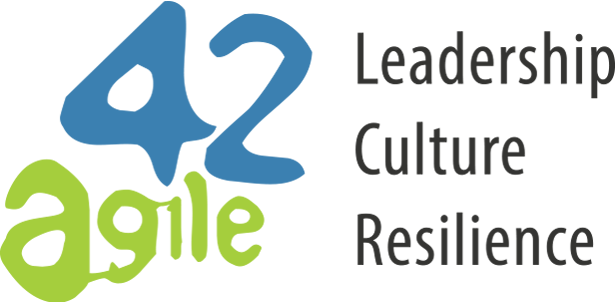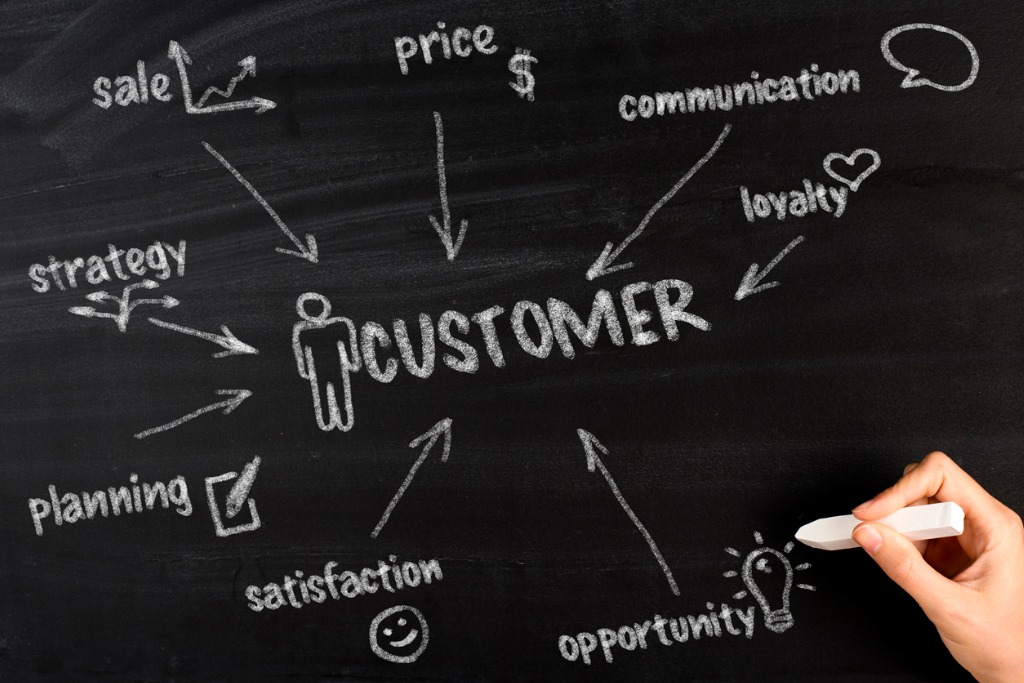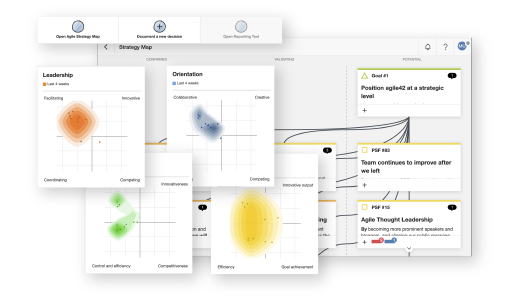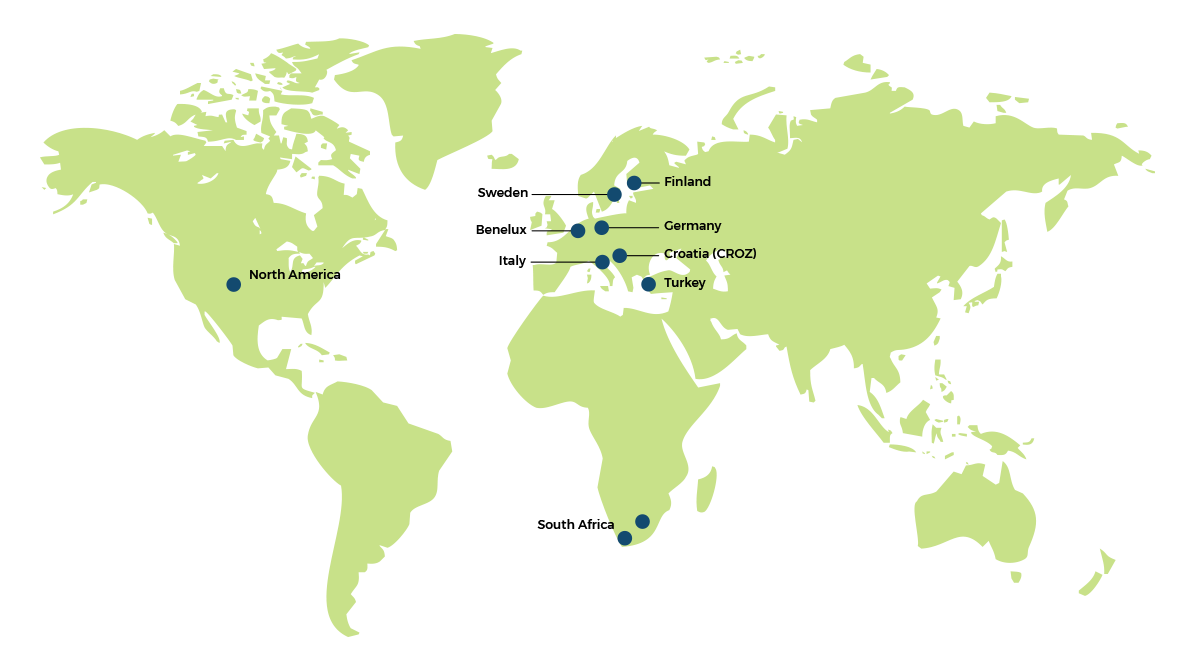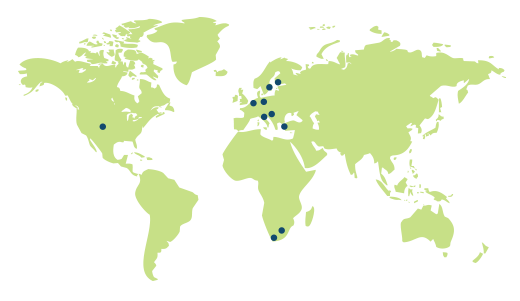 Don’t gamble when it comes to priorities
Don’t gamble when it comes to priorities
Use the simple Business Value Game to prioritize requirements and user stories. It is a fun and effective way to facilitate a workshop to assign value and priority to requirements. The Business Value Game and Planning Poker Cards are sold together.
Prices: Business Value Game including Planning Poker
Planning Poker Cards incl. Business Value Game: Euro 4.76 incl. tax/per Deck
Shipping costs: Costs are based on weight
What’s behind the Business Value Game?
The term Business Value Game was created by Andrea Tomasini in 2007. It’s based on the ideas of Planning Poker popularized by Mike Cohn in his book Agile Estimating and Planning.

Business Value Game by agile42 is licensed under a Creative Commons Attribution-Share Alike 3.0 Germany License.
Goal of the Game
One of the hardest things to find out, when prioritizing features for a product is: What is the real Business Value of these features. Not every company in fact, has structured and marketing driven sales processes that can very well determine what is the value, or better potential value of a feature to ship on the market. The value of a feature is linked to the timeframe in which it will be delivered to the market, therefore to determine its value is also a matter of being able to determine the right moment in time when to ship it. It is not uncommon that the Stakeholders in a company have to decide what is more important or “valuable” to be shipped next. What often happens is that these Stakeholders do not agree on priorities together, but they just drop their individual wishes to the development teams, or better to the Product Owners (Scrum), which find themselves in charge of discriminating between different stakeholder wishes and priorities.
How to achieve a common agreement between the Stakeholders so that:
- The priorities are understood and defined for the company and not for individuals or specific departments only.
- All Stakeholders are aware and participate in defining what is more valuable to the company, without delegating the whole responsibility to Product Owners.
This has to be achieved in respect to the fact, that the Product Owner should be the “ultimate” role that is in charge of defining product priorities and owns the product even if he/she may need to be supported from Market Experts, Customers, Key Account Managers…
Rules of Play
All the Stakeholders are invited to a meeting, generally time-boxed (2h-4h), called Product Management Board, where they will have to vote what is the Business Value of each of the feature that is at the moment defined into the Product Backlog (prioritized List of Features).
The important thing is that Business Value will be determined relatively (see Mike Cohn website for more information) and should be justified in one of the following main categories:
- New Business: every feature that will potentially bring new customers or new markets, will also bring a fresh flow of money
- Up Sell: every feature that will potentially bring money from existing customers and could be sold as add-on, upgrade or plug-in
- Retainment: every feature that will avoid losing customers and will avoid the company losing money as well
- Operational Efficiency: every feature that will allow the company to save money (costs) given a potential increase in any operation (installation, configuration, customization…)
The Product Management Board meeting proceeds as follows
The Product Owner (acting as moderator) will give the Stakeholders an overview of the features present in the Product Backlog. Stakeholders may ask questions and clarification on the features without going too much in details. The Stakeholders will have to choose a well understood feature as a baseline and agree on a Business Value to assign to it. This value is not a “normal” number, but is one of the Business Value points in the sequence: 100, 200, 300, 500, 800, 1200, 2000, 3000. Once the Baseline will be defined each individual owning a full deck of Business Value Game Cards, will lay a card face down representing his/her own estimate.
Everyone calls their cards simultaneously by turning them over (face up). People with high estimates and low estimates are given a soap box to offer their justification for their estimate and then discussion continues. The justification has to be in respect to the aforementioned “Business Value” categories, often the value importance is also represented by the order: New Business, Up Sell, Retainment and Operational Efficiency.
Repeat the estimation process until a consensus is reached.
An egg timer is used to ensure that discussion is structured; the Moderator may at any point start over the egg timer and when it runs out all discussion must cease and a round of poker is played.
Business Value Game Benefits
The Business Value Game is a tool for estimating the Business Value in software development projects, it helps Product Owners and Stakeholders in sharing information related to Business Values in relative short time. It avoids anchoring by asking each Stakeholder to play their estimate card so that it cannot be seen by the others and then all cards are exposed at once.
Try it, it is fun 😉
The Business Value Game comes together with the Planning Poker Cards.
Buy now! only 4,76 € per deck incl. tax.
